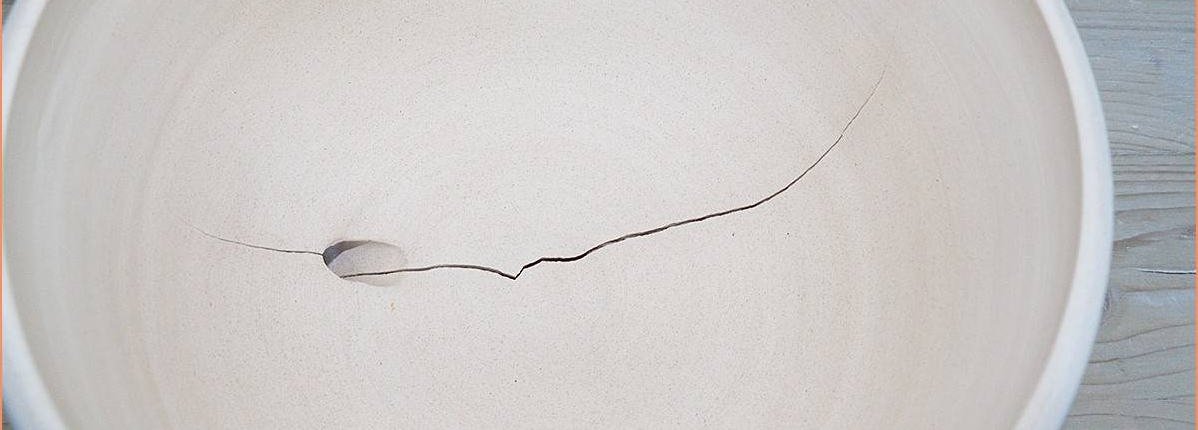Mending Bisque-Fired Cracks: Is it Achievable?
Summary
Discovering cracks in your ceramics after the bisque firing can be disheartening, but don’t despair. While it’s best to prevent cracks in the first place through proper clay preparation and firing techniques, it is possible to repair some types of cracks in bisque-fired pottery. In this blog, we will explore various methods for fixing cracks in your ceramics, as well as some important considerations to keep in mind.
Key Points
Can You Fix Cracks After Bisque Firing?
The possibility of successfully repairing cracks in bisque-fired pottery depends on several factors:
- Crack Size and Location: Smaller cracks are generally easier to repair than large ones. Cracks that are located on the surface or edges of the piece are also more accessible for repair.
- Type of Clay: Some clay bodies are more forgiving when it comes to crack repair, while others are less so. Porous clays like earthenware are more amenable to repair than vitrified stoneware or porcelain.
- Glaze Application: If you plan to apply glaze to your piece, you can sometimes hide or fill smaller cracks with the glaze. However, glazing won’t fix structural issues, and larger cracks may still be visible.
Methods for Repairing Cracks
- Slip Repair: Mix clay slip (liquid clay) that matches the color of your piece. Apply this slip to the crack and smooth it out. Make sure to remove any excess slip to ensure a seamless look. This method works well for hairline cracks.
- Bisque Slip: If the bisque-fired piece is significantly cracked, you can use a bisque slip made from the same clay body to fill the cracks. Apply the slip to the cracks and allow it to dry before carefully sanding the repaired areas.
- Welding: For more substantial cracks, you can use a technique known as welding. This involves scoring both sides of the crack, applying slip, and gently pressing the sides together. This method is best suited for larger, surface cracks.
- Patchwork: For cracks that cannot be repaired with slip or welding, you might need to create patchwork solutions. This involves carefully cutting away the cracked section and replacing it with a matching piece of clay, then blending the seams and ensuring proper drying and firing.
- Glaze Camouflage: If the crack is small and located on the surface, applying glaze can sometimes disguise it. Certain glazes may fill in minor imperfections and make them less noticeable.
Important Considerations
- Aesthetic Outcome: While repair methods can often make the crack less visible, it’s essential to understand that the aesthetics may not be the same as a piece without cracks. Cracks may still be faintly visible or have a different texture.
- Firing After Repair: When you repair a bisque-fired piece, it’s essential to fire it again to ensure the repair is properly set. This is often done at a lower temperature than the initial bisque firing.
- Practice: Repairing cracks in pottery is a skill that improves with practice. Experiment on less valuable pieces before attempting to repair cherished works.
Conclusion
In conclusion, repairing cracks after bisque firing is possible, but the success of your efforts will depend on the size and location of the cracks, the type of clay, and your repair technique. While not all cracks can be fully concealed, with care and skill, you can salvage and enjoy your ceramic creations despite minor imperfections.



